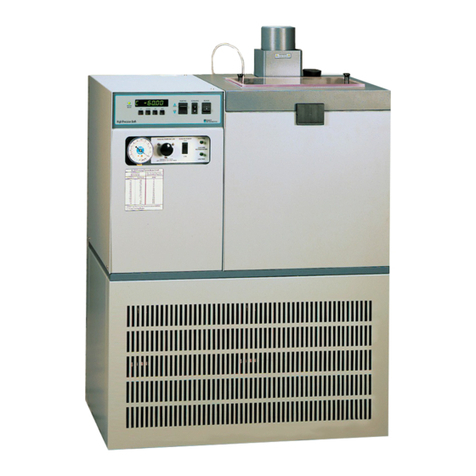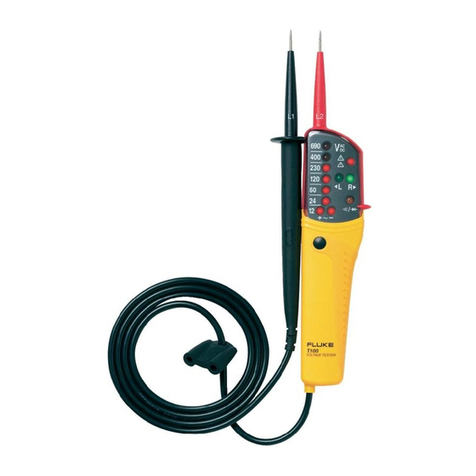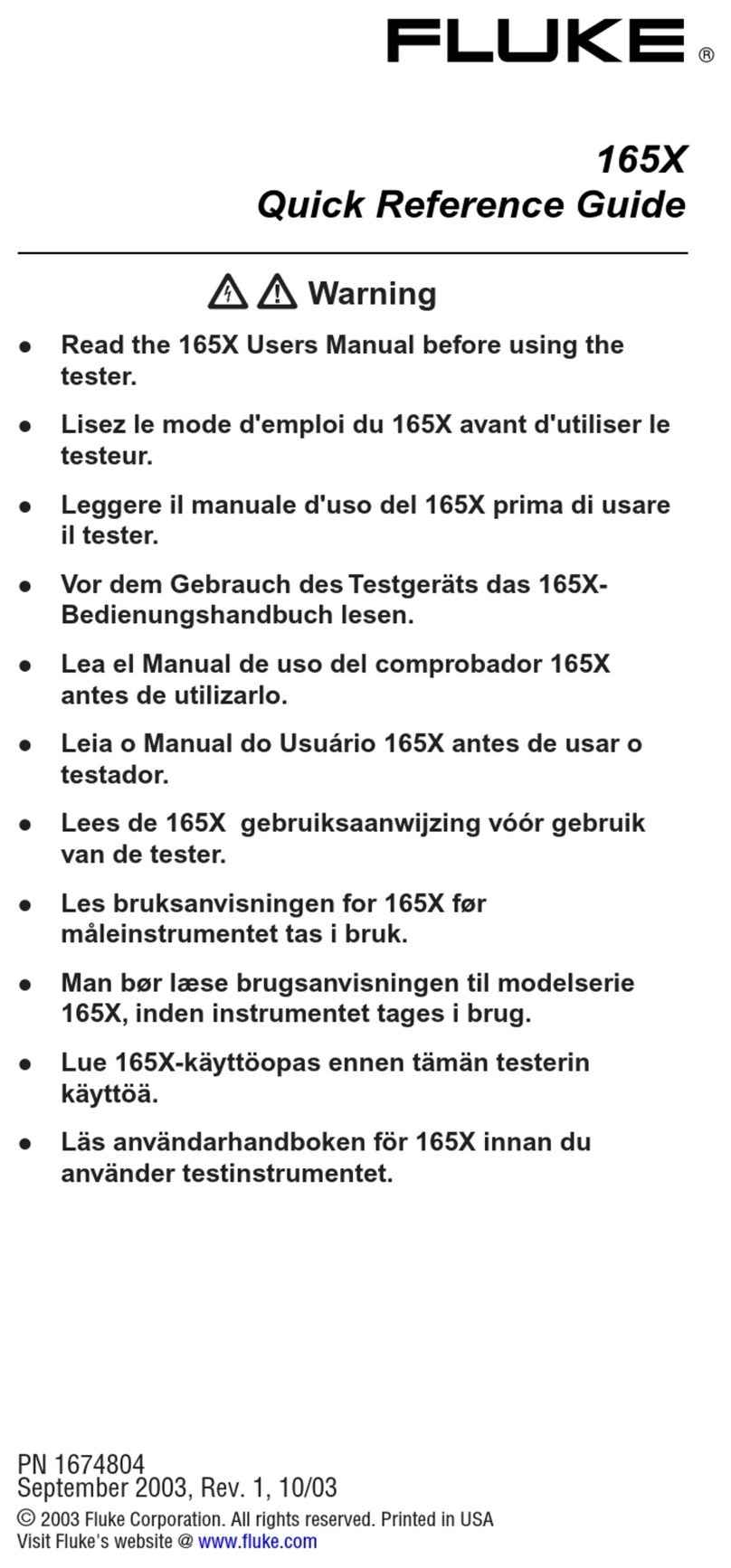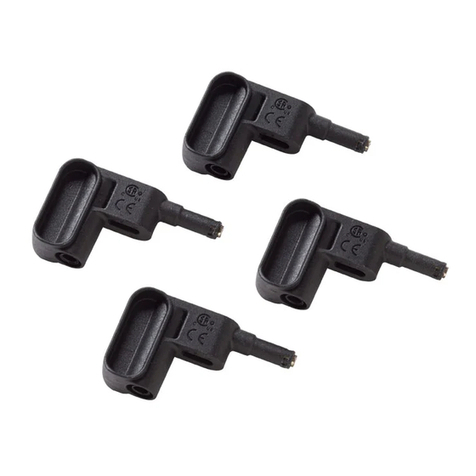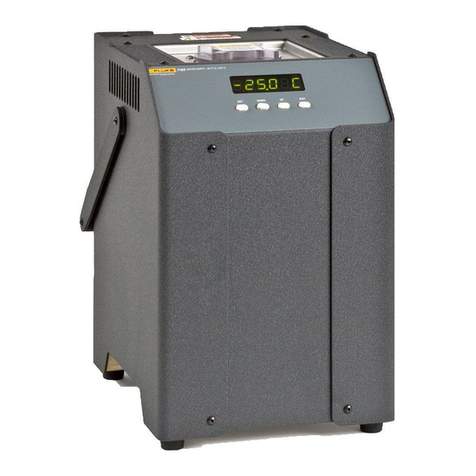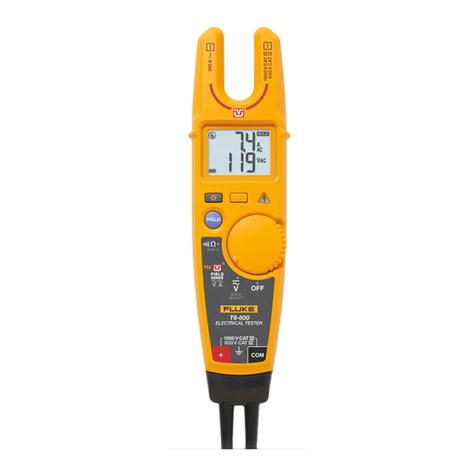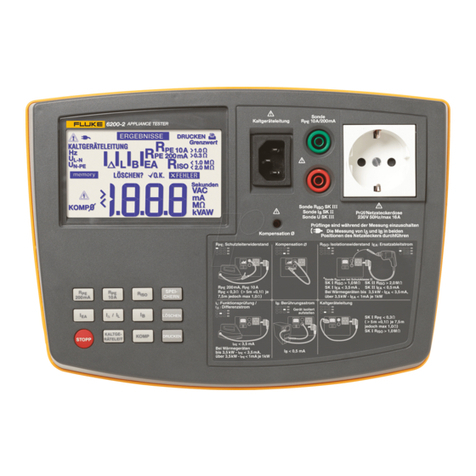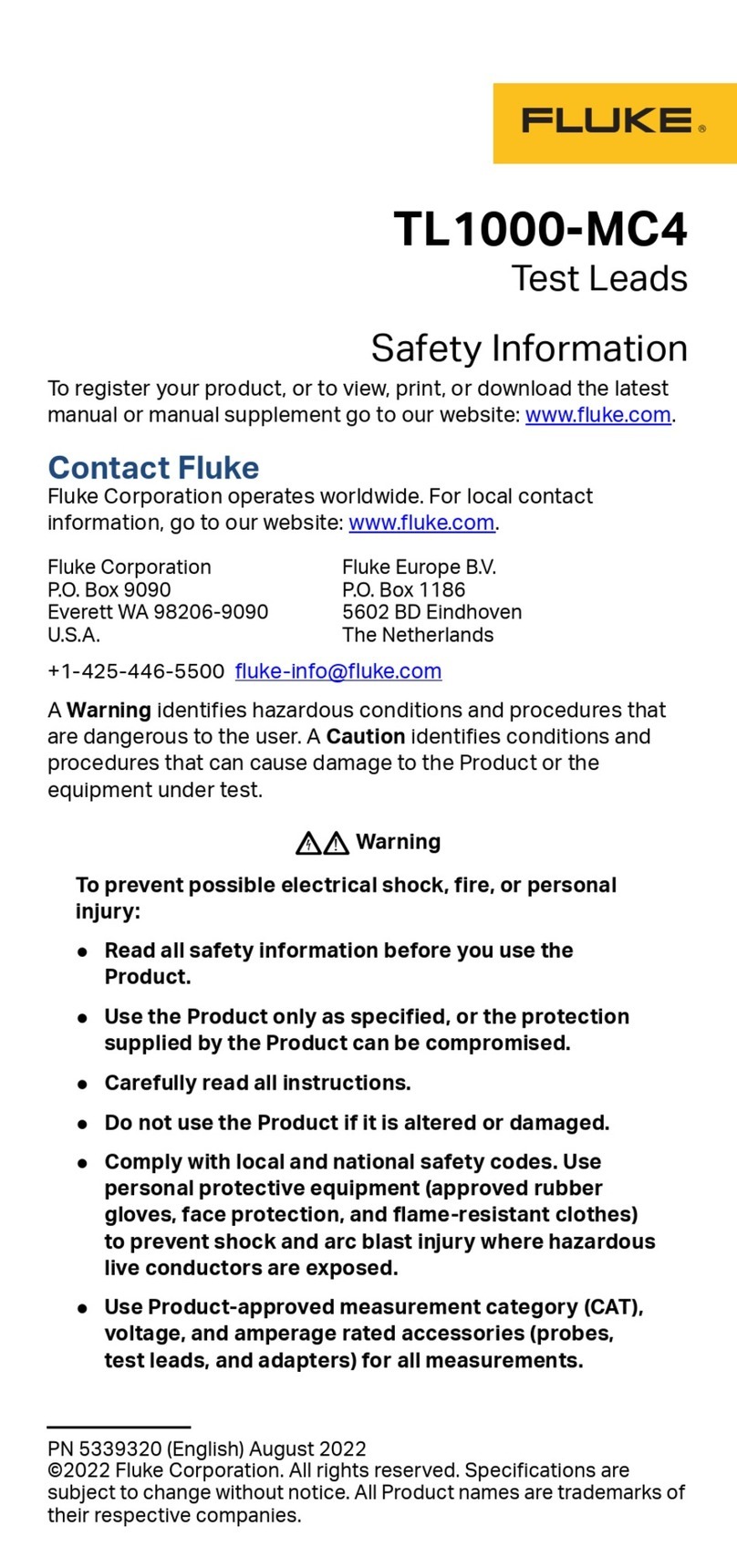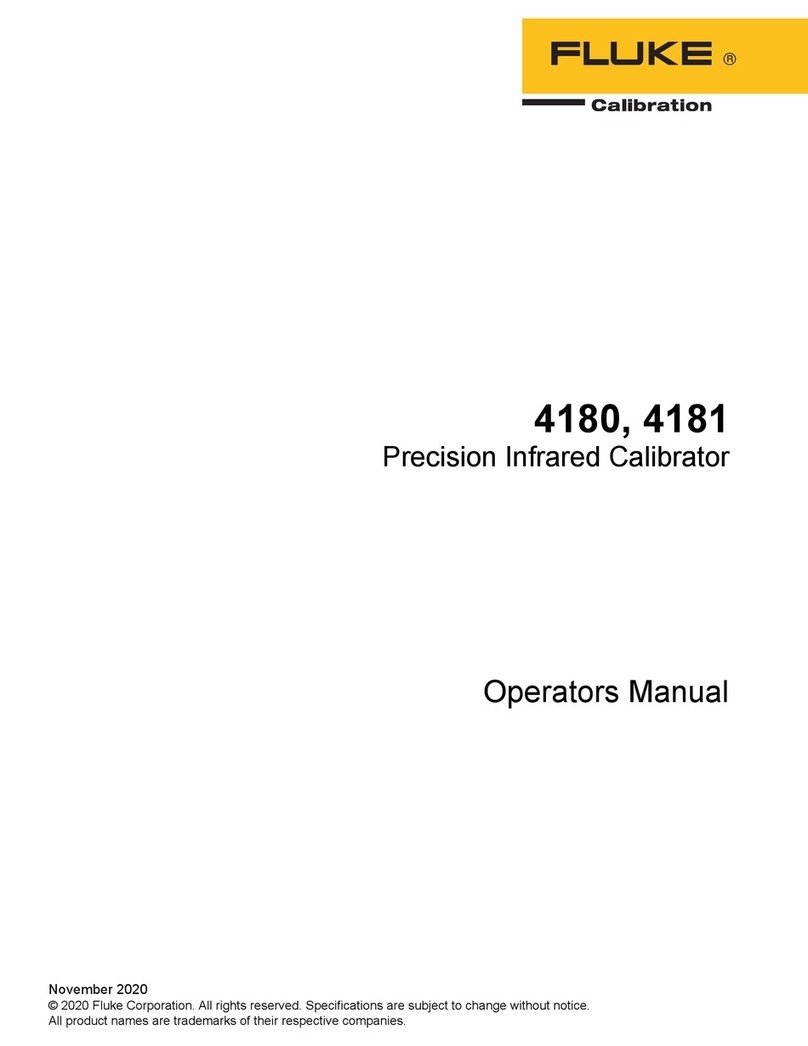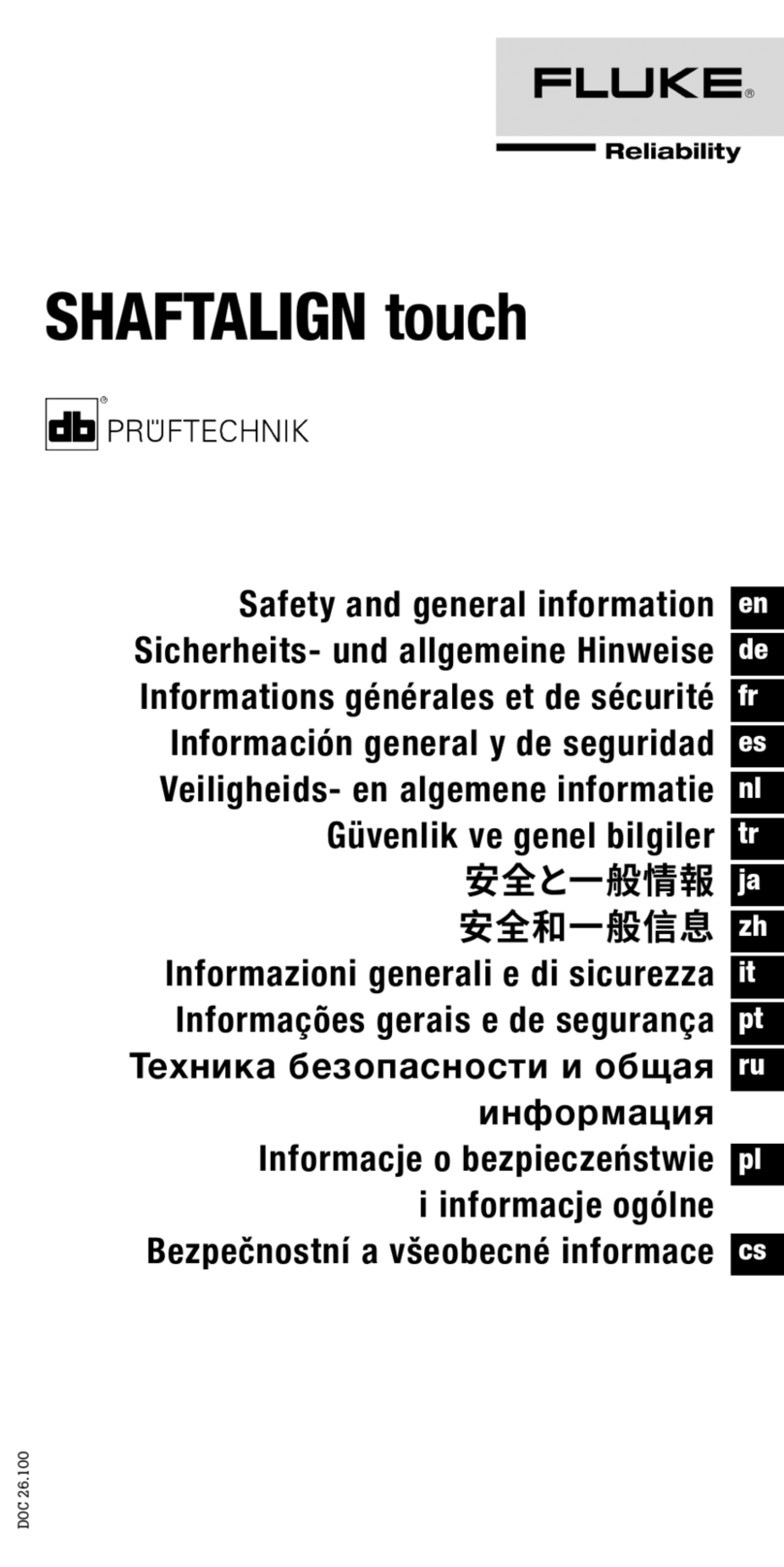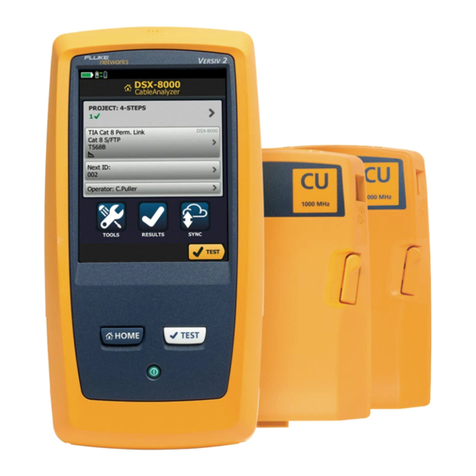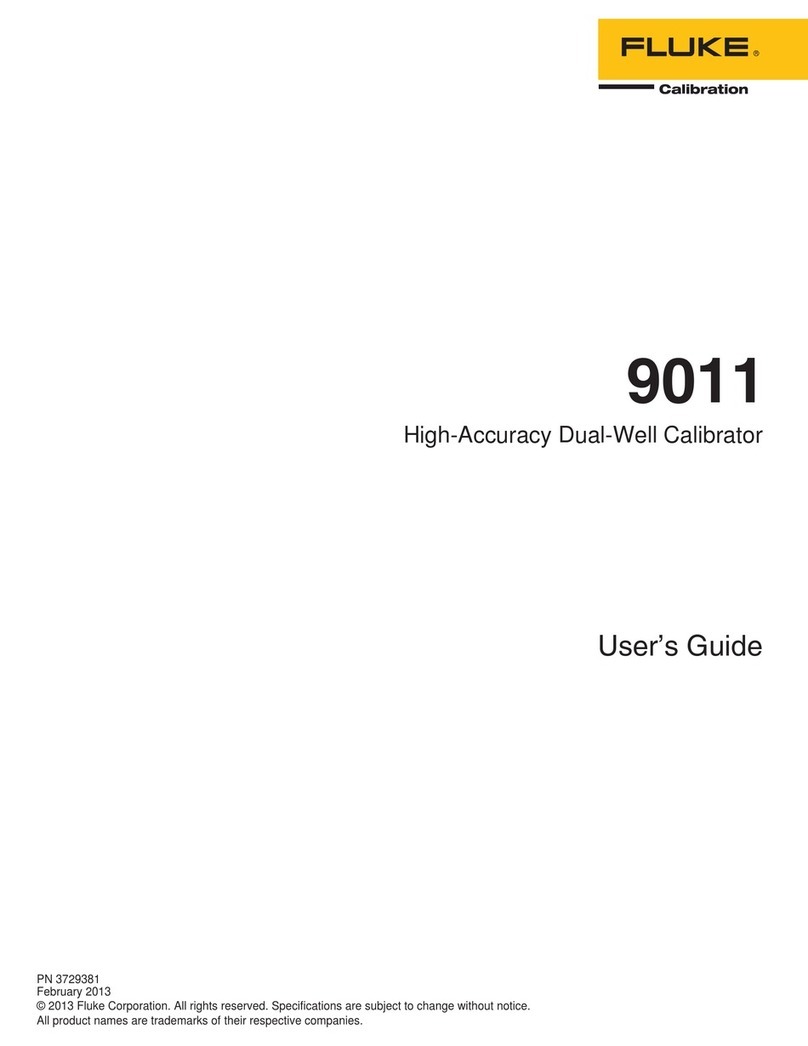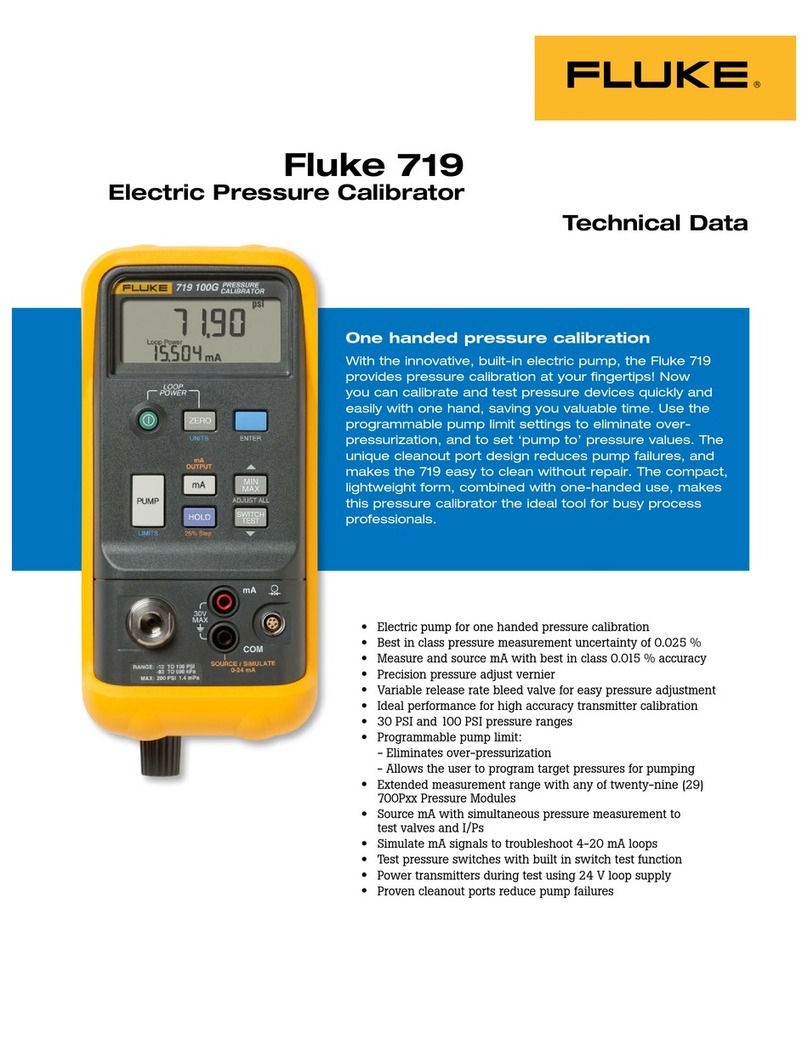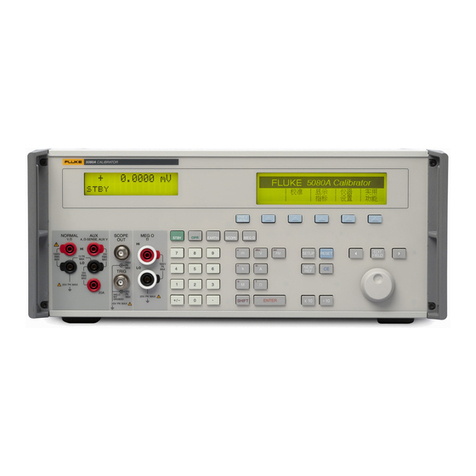
i
Table of Contents
Chapter Title Page
1 General Information ............................................................................ 1-1
Introduction........................................................................................................ 1-1
How to Contact Fluke ........................................................................................ 1-1
Safety Information ............................................................................................. 1-2
Symbols Used in this Manual ............................................................................ 1-2
Hydraulic Circuit Schematic.............................................................................. 1-3
2 Preparation .......................................................................................... 2-1
Location ............................................................................................................. 2-1
Fluid Filling ....................................................................................................... 2-1
3 Operation ............................................................................................. 3-1
Connections ....................................................................................................... 3-1
Procedure for Removing Trapped Air from System.......................................... 3-2
Procedure for Priming the Pressure Intensifier.................................................. 3-4
Procedure for Generating System Pressure........................................................ 3-5
Generating Calibration Pressure ........................................................................ 3-6
4 Maintenance......................................................................................... 4-1
Introduction........................................................................................................ 4-1
PCU Removal .................................................................................................... 4-1
Cleaning............................................................................................................. 4-2
Replacement....................................................................................................... 4-3
5 Recalibration........................................................................................ 5-1
Introduction........................................................................................................ 5-1
Do's and Don'ts .................................................................................................. 5-1
Don'ts............................................................................................................. 5-1
Do's................................................................................................................ 5-1
6 Pressure Corrections.......................................................................... 6-1
Introduction........................................................................................................ 6-1


